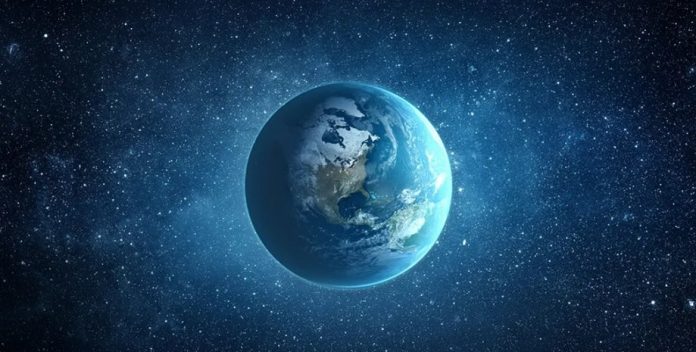A new study, published in Nature Geoscience, predicts that the Earth's atmosphere in the distant future can lose almost all oxygen, which will lead to the death of most known life forms. According to scientists, our planet will return to a condition similar to a long -standing methane, but poor in the oxygen atmosphere, which it was more than 2 billion years ago.
Although it sounds dramatic, humanity has still remained about a billion years. But when the process begins, changes will be quite rapidly geological.
According to Kazumi Ozaki Researchers (Thoho, Japan) and Chris Reinhard (Georgia's Technology Institute), the gradual warming of the sun, and the depletion of carbon dioxide in the atmosphere will lead to loss of plant ability to photosynthesis. This, in turn, will cause a sharp drop in the level of oxygen to a state similar to the early history of the Earth. The model created by scientists takes into account the brightness of the sun, chemical cycles and other factors. They conducted more than 400,000 simulations, and almost all indicate the inevitable fall of O₂.
When the atmosphere loses oxygen, a difficult life, including humanity, will disappear. In the future, the earth may look more like a planet rich in methane, and life - if it remains - will be microbial, anaerobic, similar to ancient forms of the biosphere. This discovery is important not only for our understanding of the evolution of the Earth, but also for the search for life on other planets. If oxygen in the atmosphere is only a temporary phenomenon, perhaps alien life is not always accompanied by traces of oxygen - therefore, astrobiologists should pay attention to other biosignatures. Researchers believe that the oxygen phase of our planet can be only 20-30% of its entire existence. And even after the disappearance of humans and animals, bacteria and germs that can live without oxygen, will survive for another billions of years.
It reminds once again how rare and temporary conditions that make a difficult life on Earth. And at the same time - how vulnerable it is.


